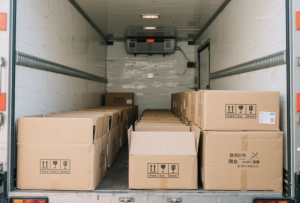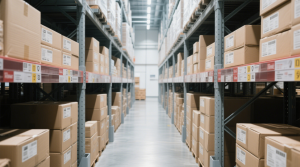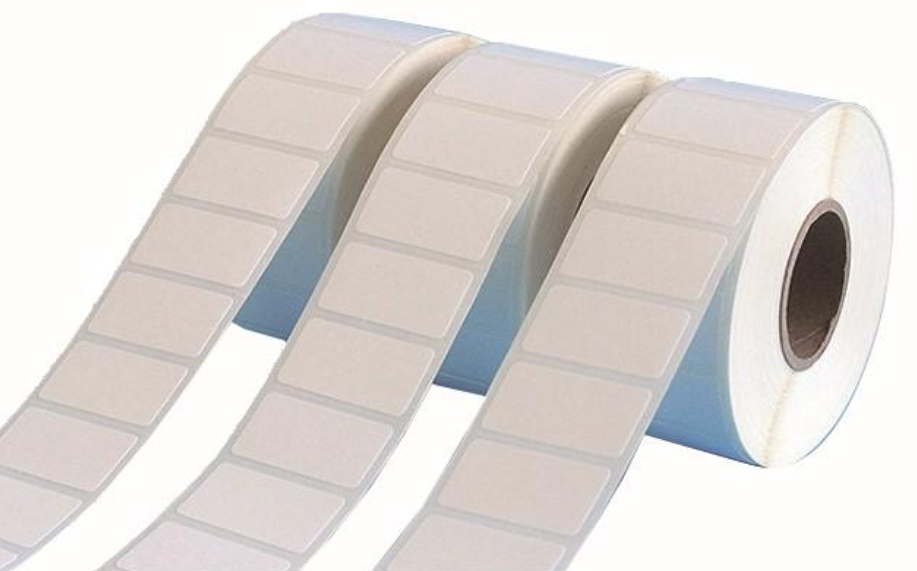自粘性标签的运输和存储指南: 防止剥离和性能失败
1. Why Storage is Critical for Self-Adhesive Label Quality
Have you ever noticed labels peeling off cosmetic bottles, food package dates smudging when wet, or stored labels losing stickiness over time? These issues often stem from improper transport and storage, key factors that silently impact label performance. Correct storage protects adhesives from degradation and maintains material integrity, ensuring labels stick reliably when needed.

2. Adhesive Types: The Core of Label Stickiness
Adhesives determine 70% of a label’s bonding power. Before storage, identify the adhesive type (see table below) to avoid environment-related failures:
| Adhesive Type | Key Features | Storage Precautions |
|---|---|---|
| Permanent Acrylic | Strong bond, resistant to temperature/chemicals | Avoid temperatures >30°C to prevent rapid aging |
| Removable Rubber-Based | Low-tack, residue-free removal | Maintain >10°C to prevent stiffness; store at constant temp |
| Water-Based (Eco-Friendly) | Non-toxic, safe for food contact | Keep humidity <60% to avoid mold growth |
| Solvent-Based | Fast-drying, suitable for rough surfaces | Store in sealed, light-proof containers to prevent air from curing |
Pro Tip: Always check the label’s material certificate to match storage conditions with adhesive needs.
3. Ideal Storage Environment: Temperature, Humidity, and Handling
Three key factors ensure label longevity:
a. Temperature: 22°C ± 2°C is Optimal
- High Heat (>30°C): Accelerates adhesive evaporation, reducing stickiness by 20% after 1 month at 35°C (tested data).
- Low Cold (<10°C): Rubber-based adhesives harden; acrylic adhesives temporarily lose tack (partial recovery at room temp, but repeated freezing causes permanent damage).
b. Humidity: 50% ± 5% for Balance
- High Humidity (>60%): Paper facestock warps; glue develops mold.
- Low Humidity (<40%): Labels curl at edges; static causes sheet sticking during die-cutting.
c. Light and Storage Position
- Sunlight: UV rays fade colors and degrade adhesives—store in shaded areas or use light-blocking curtains.
- Stacking: Store label rolls vertically on wooden pallets (max 1.5m height). Horizontal stacking or overloading crushes cores, causing adhesive bleed and label fusion.
4. Transportation: Protecting Labels During Transit
a. Packaging Essentials
- Keep original moisture-proof films and cardboard boxes; use PE bags + foam for loose labels.
- Never transport with chemicals/oils to avoid adhesive contamination.
b. Temperature Control
- Summer: Keep truck interiors <30°C; avoid midday delivery.
- Winter: Insulate with blankets to prevent condensation from temperature changes.
5. Post-Printing Storage: Care for Finished Labels
Printed labels require extra attention:
- Layer Separation: Insert release paper every 500 sheets to prevent adhesive transfer to printed surfaces.
- Shelf Life: Use unopened rolls within 6 months; opened rolls should be used within 30 days (60 days in ideal conditions).
- Quality Check: Inspect for edge glue seepage or paper creases before use. Gently test adhesion by peeling a corner—avoid using labels with inconsistent stickiness.
6. Industry-Specific Storage Tips
- Food & Pharma Labels: Store separately from industrial labels to prevent solvent odor transfer to food-contact surfaces.
- Electronic Labels: Use anti-static mats or ionizers to protect RFID chips from static damage.
- Outdoor Weatherproof Labels: While UV-resistant facestock doesn’t need light protection, prioritize low humidity to avoid dust accumulation on adhesive surfaces.
Conclusion: Extend Label Lifespan by 30% with Proper Storage
The performance of self-adhesive labels depends as much on storage as on manufacturing. Follow three rules: classify by adhesive type, control temperature/humidity strictly, and store vertically in the dark. Proper management reduces 20–30% of label waste, ensuring reliable adhesion for cosmetics, 食物, electronics, 还有更多.
When purchasing labels, always ask suppliers for storage guidelines—this step is the final safeguard for label quality. Ready to optimize your warehouse? Start by checking temperatures, organizing labels by adhesive type, and replacing direct sunlight with shaded shelving. Your labels (and customers) will thank you for it.


